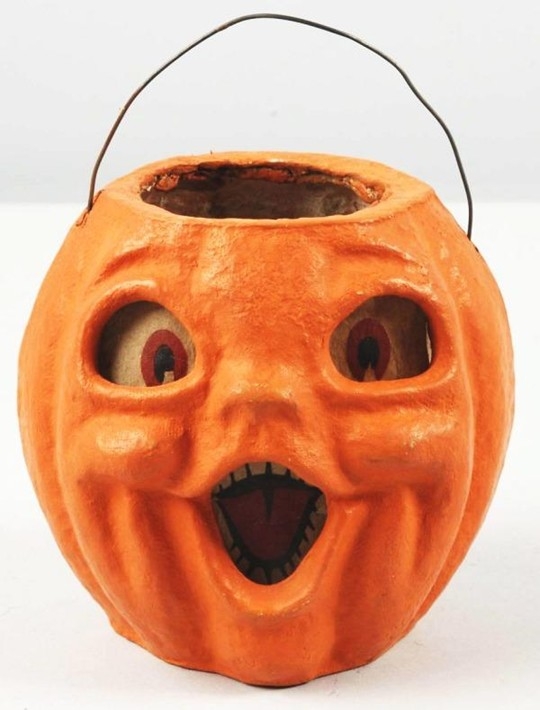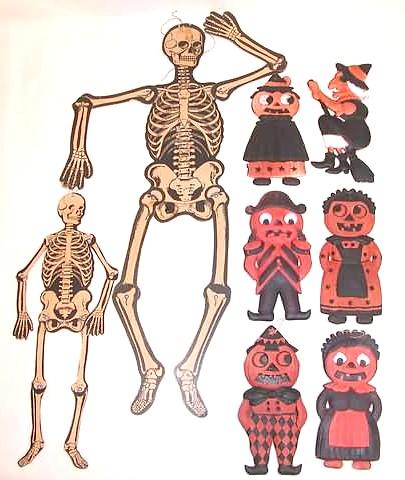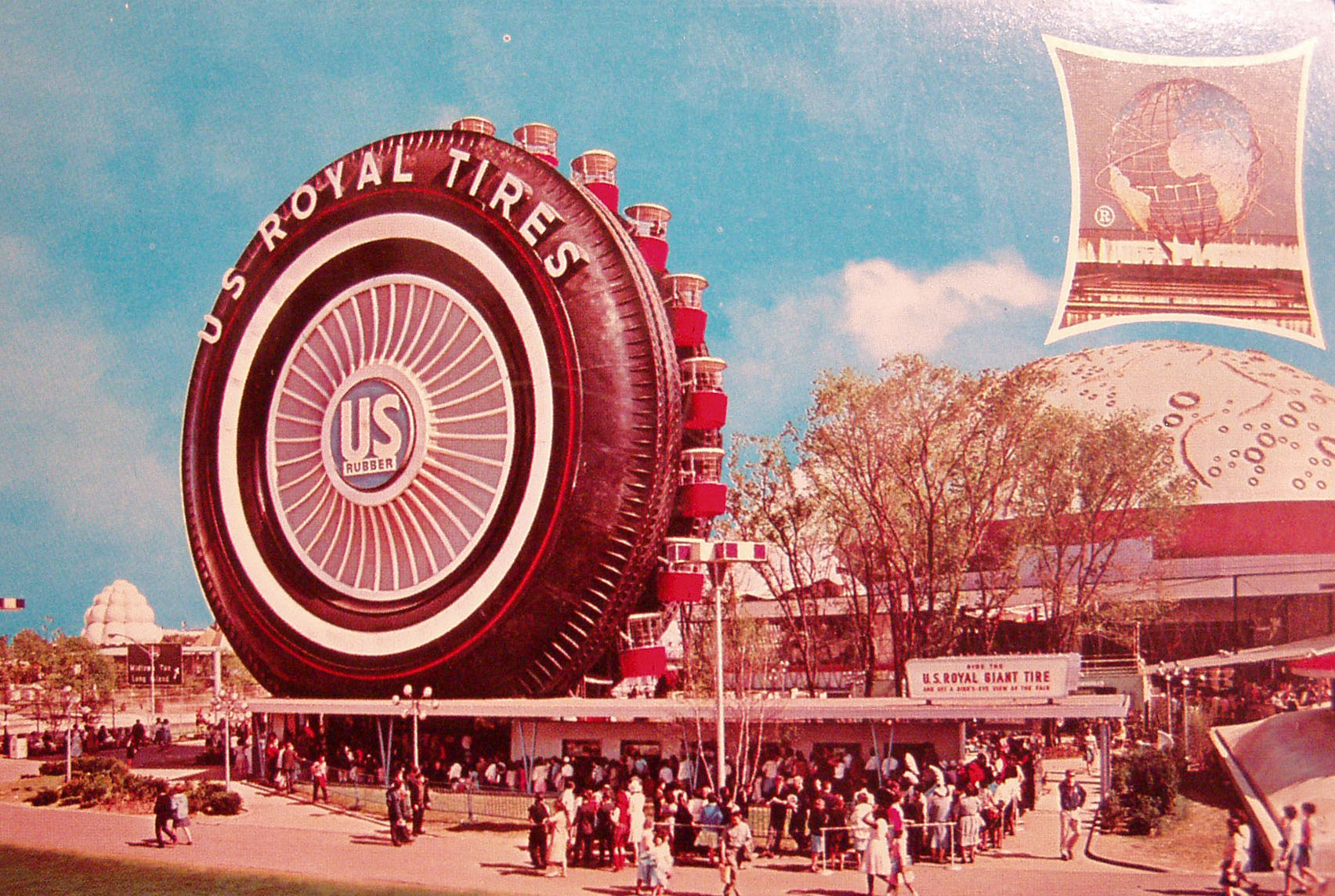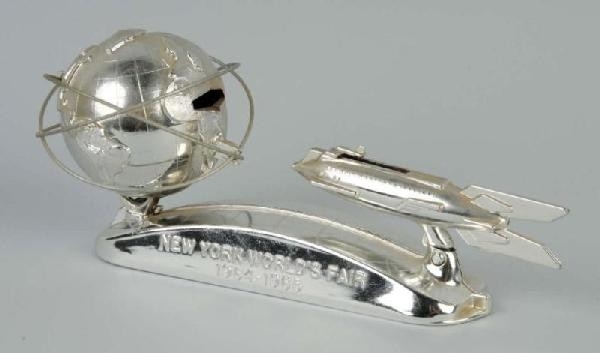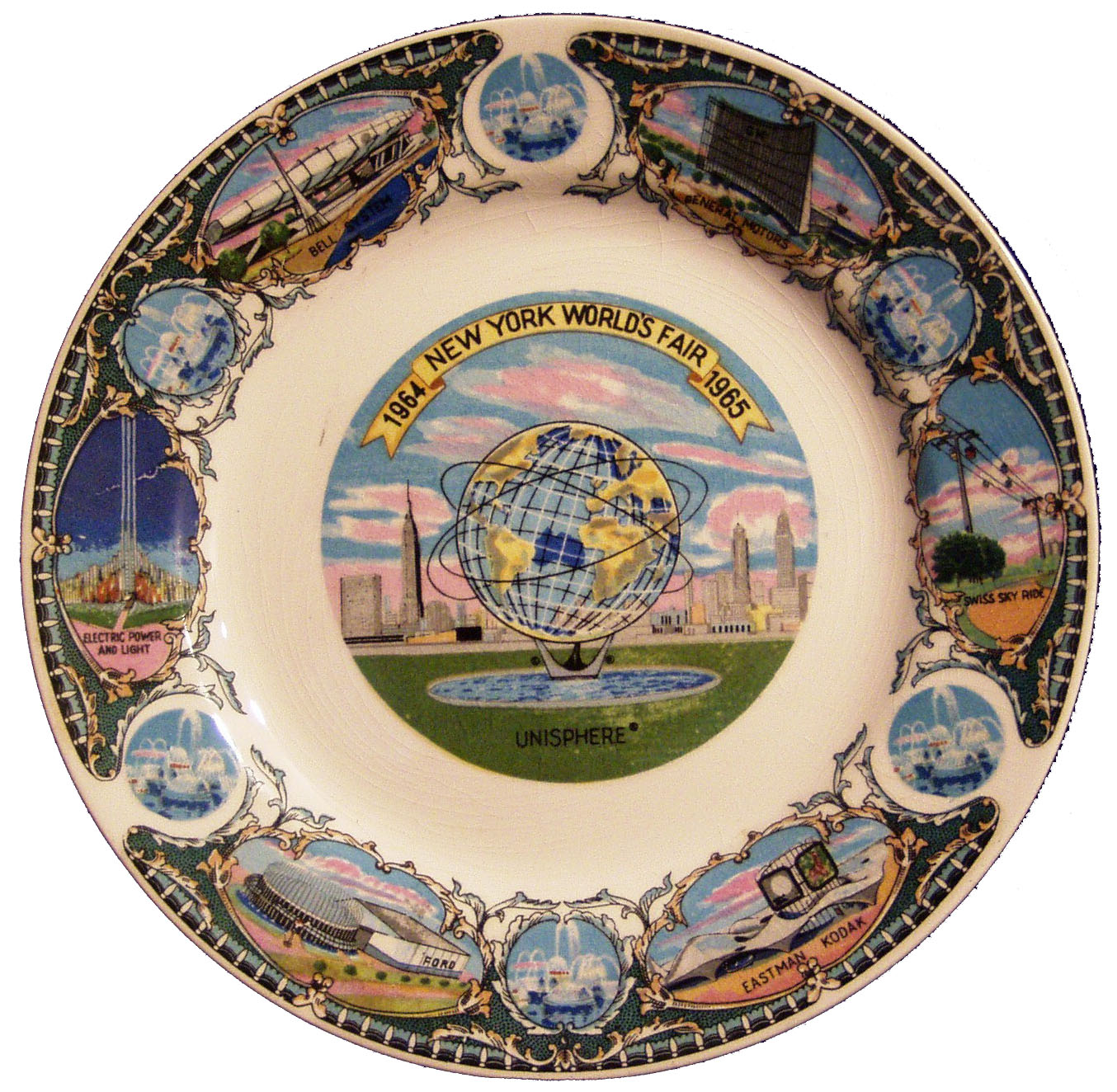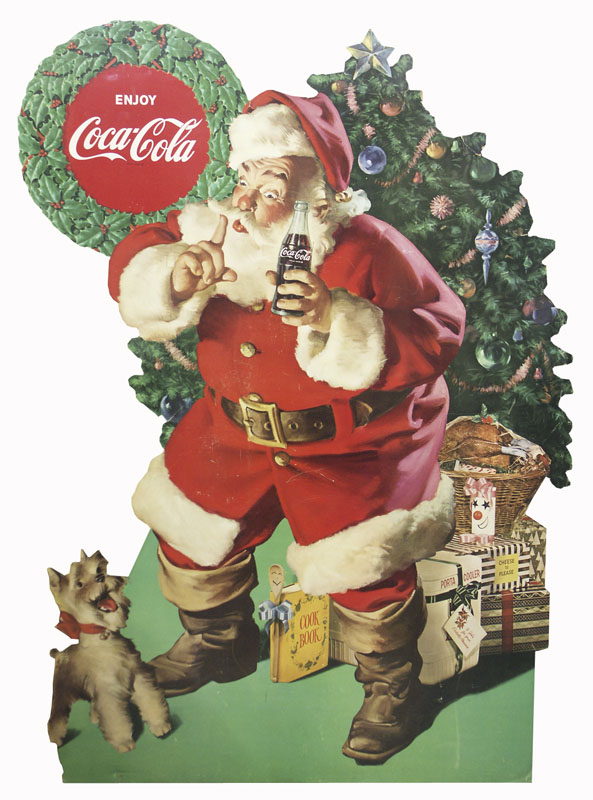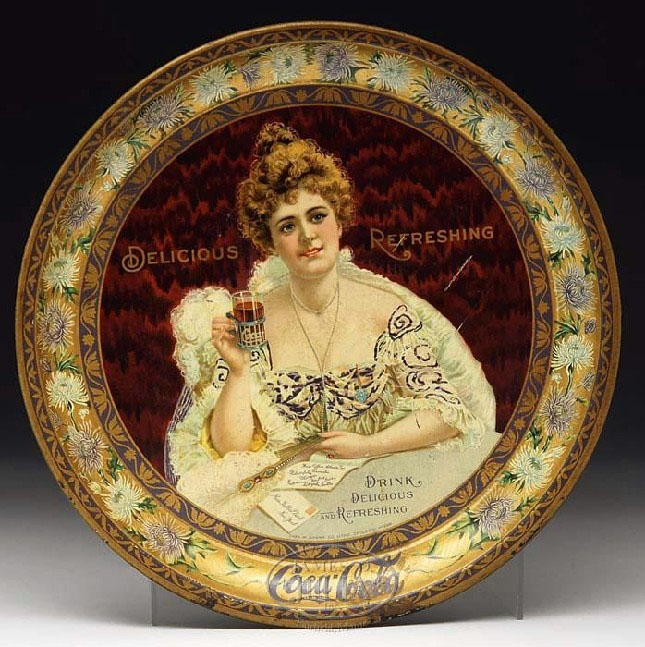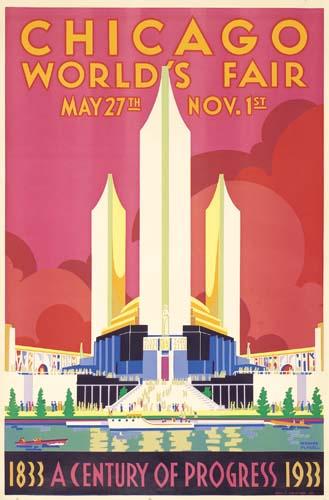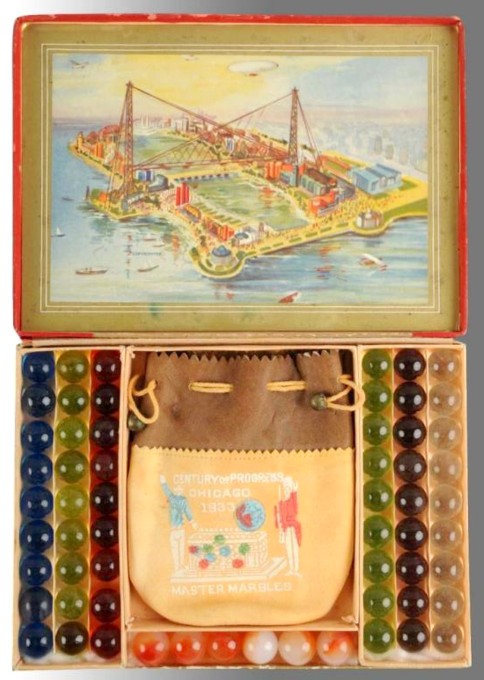Collectors covet eerie ephemera and delight in a variety of Halloween paper products from the turn of the century and later.
Halloween Lanterns and Shades
Lanterns are some of the earliest of the manufactured Halloween decorations, with U.S. made parade lanterns appearing on the scene between1900-1910. They were made of molded cardboard, composition, tin, or heavy, flat cardboard. Some were equipped with wire hangers, some were made to sit on a flat surface, and others were hinged in the middle with a stick on a base for carrying. Lanterns could be one sided, two-sided with identical sides, or two sided with varying sides, (for example a smiling Jack-o-Lantern and a leering JOL), pyramid shape, or four-sided. Also popular were collapsible lanterns featuring elaborate cut-out scary scenes, paper inserts with as many as twelve sides. Lanterns usually came with inserts of light-weight cardboard or crepe paper thru which the candle light glowed in an eerie manner. Pieces with the inserts intact are a little harder to find. Some lanterns were simply one sheet of cardboard with an attached candle-holder and cardboard stand.
Early lanterns often came with an integral metal candle holder, but when the dangers of candles & cardboard became obvious, manufacturers began producing shades that were designed to hang over light bulbs. Lanterns and shades were manufactured in Germany and in the U.S, by Dolly Toy Company, Beistle, Gibson Art, F.N. Burt, and others.
Halloween Cardboard Diecuts
Diecuts are cardboard decorations that are flat or heavily embossed that were made to hang on a wall or dangle from a string. Particularly popular were the jointed versions, frequently in the guise of skeletons, black cats, and in the late 1920s and early ‘30s creepy beings such as Skairo and Lightning Wumpus, the Hallowe’en Devil.
As with most Halloween decor, the earliest diecuts are the spookiest and most interesting. Malevolent devils, snarling cats and leering Jack-o-lanterns gradually evolved into cutesy critters as Halloween became the child-centered holiday we observe today. Like lanterns and shades, diecuts were made in both the U.S. and Germany. The German versions were often heavily embossed and almost 3-dimensional with handpainted highlights that made them delightfully creepy.
More Collectible Halloween Ephemera
Halloween collectors like just about anything connected with October 31st, and a complete collection will include an almost unlimited variety of paper products. The Dennison Manufacturing Company of Framingham, Massachusetts released Halloween themed products year after year, and is still in business today. Dennison products included crepe paper aprons, table covers, and streamers, and also invitations, gummed seals (lick & stick), nut cups and garland and other creepy collectibles.
-by p4A Contributing Editor Susan Cramer
Reference & Further Recommended Reading:
To search the Prices4Antiques antiques reference database for valuation information on hundreds of thousands of antiques and fine art visit our homepage www.prices4antiques.com

